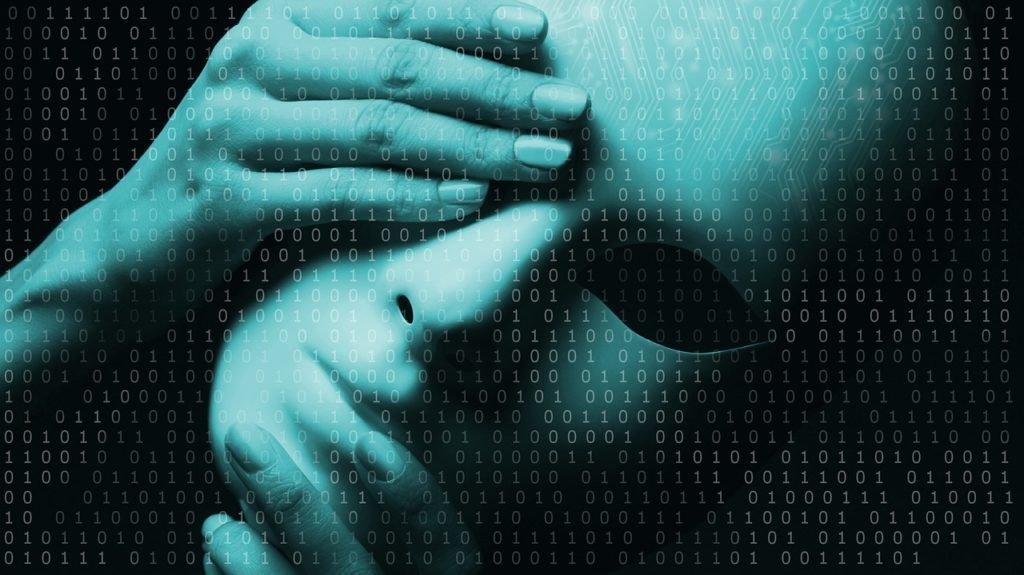from Activist Post:

You might think a computer would be an unbiased and fair judge, but a new study finds you might be better leaving your fate in the hands of humans. Researchers from MIT find that artificial intelligence (AI) tends to make stricter and harsher judgments than humans when it comes to people who violate the rules. Simply put, AI isn’t willing to let people off the hook easy when they break the law!
Researchers have expressed concerns that AI might impose overly severe punishments, depending on the information scientists program it with. When AI is programmed strictly based on rules, devoid of any human nuances, it tends to respond harshly compared to when it is programmed based on human responses.
TRUTH LIVES on at https://sgtreport.tv/
This study, conducted by a team at the Massachusetts Institute of Technology, examined how AI would interpret perceived violations of a given code. They discovered that the most effective data to program AI with is normative data, where humans have determined whether a specific rule has been violated. However, many models are erroneously programmed with descriptive data, in which people label the factual attributes of a situation, and AI determines whether a code has been breached.
In the study, the team gathered images of dogs that could potentially violate an apartment rule banning aggressive breeds from the building. Groups were then asked to provide normative and descriptive responses.
The descriptive team wasn’t informed about the overall policy on dogs, and was asked to identify whether three factual elements, such as the dog’s aggression, were present in the image or text. Their responses helped to form judgments. If a user said the photo depicted an aggressive dog, the policy was considered violated. On the other hand, the normative group was informed about the rules on aggressive dogs and was asked to determine whether each image violated the rule, and if so, why.
Participants were 20 percent more likely to identify a code violation using the descriptive method compared to the normative one. If the descriptive data on dog behavior had been used to program an AI model, it would be more likely to issue severe penalties.
Scaling up these inaccuracies to real-world scenarios could have substantial implications. For instance, if a descriptive model is used to predict whether a person may commit the same crime more than once, it may impose harsher judgments than a human and result in higher bail amounts or longer criminal sentences. Consequently, the experts have advocated for increased data transparency, arguing that understanding how data is collected can help determine its potential uses.
“Most AI/machine-learning researchers assume that human judgments in data and labels are biased. But our results indicate a more troubling issue: these models are not even reproducing already-biased human judgments because the data they’re being trained on is flawed,” says Marzyeh Ghassemi, an assistant professor and head of the Healthy ML Group in the Computer Science and Artificial Intelligence Laboratory (CSAIL), in a university release.
“The solution is to acknowledge that if we want to reproduce human judgment, we should only use data collected in that context. Otherwise, we’ll end up with systems that impose extremely harsh moderations, far stricter than what humans would impose. Humans would see nuances or make distinctions, whereas these models don’t,” Ghassemi further explains.



